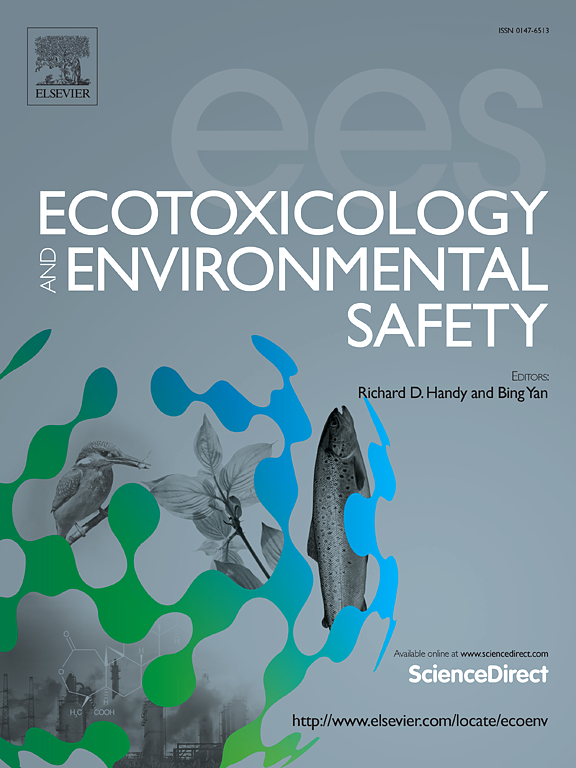A novel graph convolutional neural network model for predicting soil Cd and As pollution: Identification of influencing factors and interpretability
IF 6.2
2区 环境科学与生态学
Q1 ENVIRONMENTAL SCIENCES
引用次数: 0
Abstract
Soil pollution caused by toxic metals poses serious threats to the ecological environment and human well-being. Accurately predicting toxic metal concentrations is critical for safeguarding soil environmental security. However, the distribution of soil toxic metal concentrations often exhibits significant spatial heterogeneity and intricate correlations with other environmental influencing factors, posing substantial challenges to accurate prediction. This study delves into the prospective application of a novel graph convolutional neural network model, namely DistNet-GCN. By capitalizing on the spatial relationships among sampling points, this model endeavors to predict cadmium (Cd) and arsenic (As) concentrations in soil. The distinctive feature of this model resides in its capacity to mimic the transmission process of relationships between soil Cd/As concentrations and the environmental influencing factors within a local spatial scope by integrating the powerful ability of GCN to extract the inter-node dependencies in complex networks. Subsequently, it extracts the critical features of the dataset from a spatial relationship graph structure by taking the spatial positions of sampling points as network nodes, the concentrations of toxic metals as node labels, and environmental factors as node attributes. In comparison with traditional models, the DistNet-GCN model achieves the highest prediction accuracy for soil Cd and As concentrations. Specifically, the R2 values reach 0.91 and 0.94 respectively, which signify improvements of 21.33 % and 9.30 % over those of Multiple Linear Regression (MLR). The outcome of the interpretability analysis shows that the urban human activities, mining operation, pH, and soil organic matter (SOM) are the most important environmental factors affecting the spatial distribution of soil Cd/As concentrations in the study area. Additionally, the local spatial autocorrelation findings reveal that the Moran’s I values for Cd and As are 0.796 and 0.897, respectively, which validate the structural soundness and rationality of the DistNet-GCN model. This study enlightens a novel approach of soil Cd/As concentrations prediction by integrating spatial graph structures into the deep learning models and is significant for uncovering the complex correlations between toxic metal concentrations in soil and various environmental factors.
求助全文
约1分钟内获得全文
求助全文
来源期刊
CiteScore
12.10
自引率
5.90%
发文量
1234
审稿时长
88 days
期刊介绍:
Ecotoxicology and Environmental Safety is a multi-disciplinary journal that focuses on understanding the exposure and effects of environmental contamination on organisms including human health. The scope of the journal covers three main themes. The topics within these themes, indicated below, include (but are not limited to) the following: Ecotoxicology、Environmental Chemistry、Environmental Safety etc.

 求助内容:
求助内容: 应助结果提醒方式:
应助结果提醒方式:


